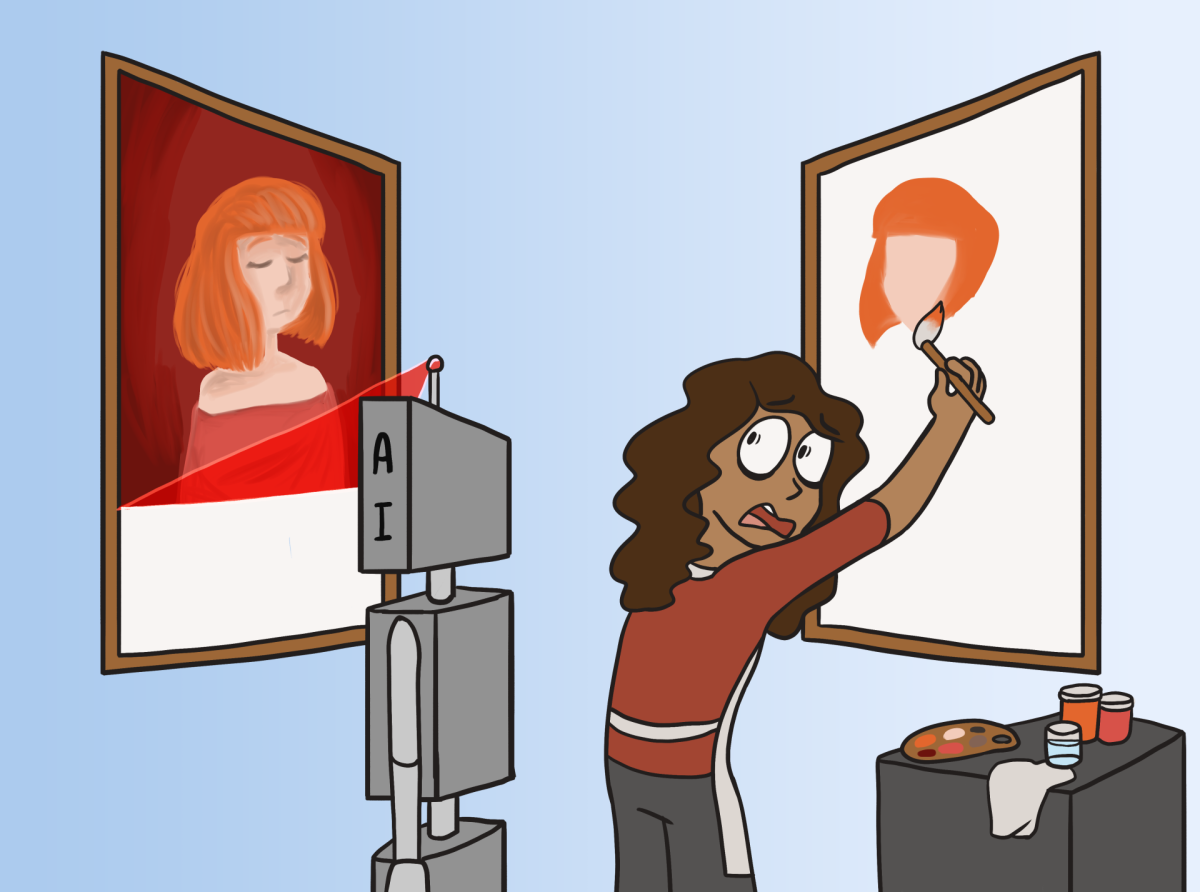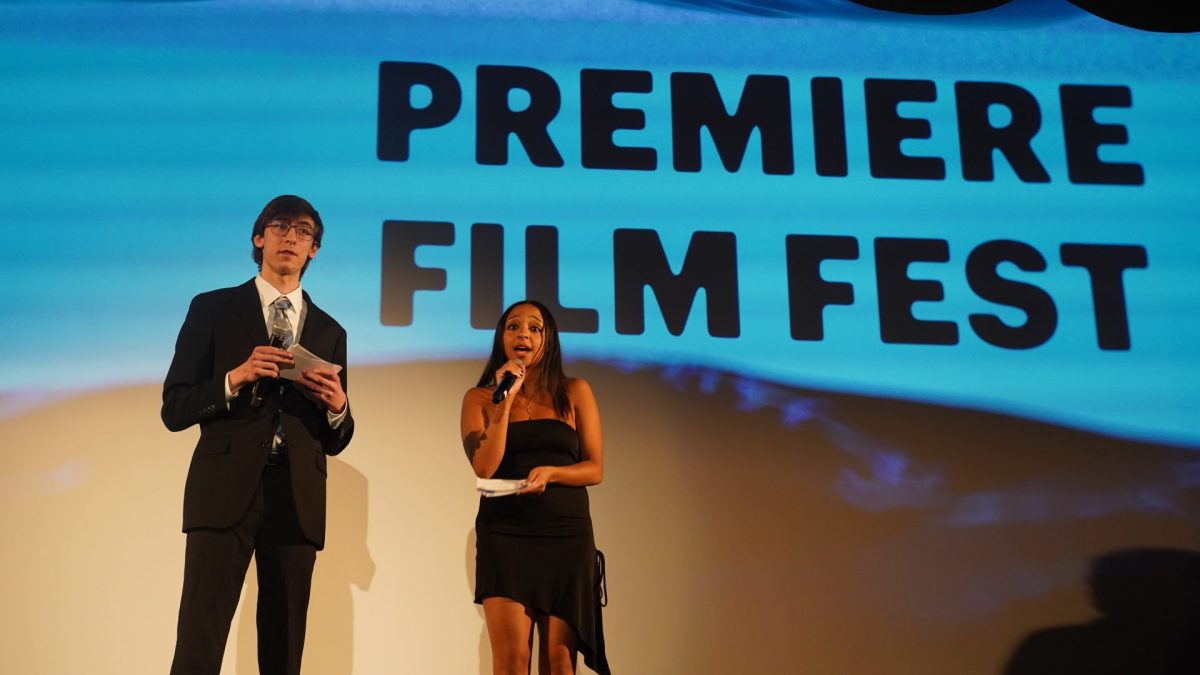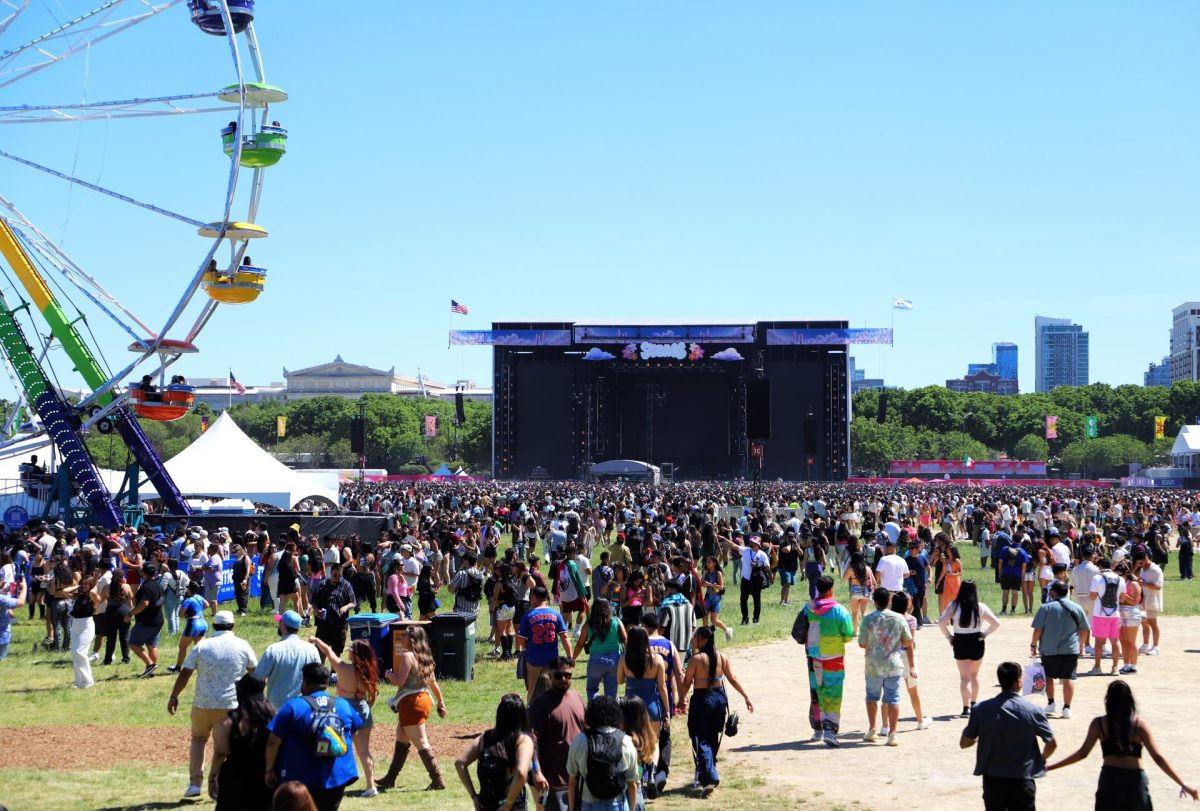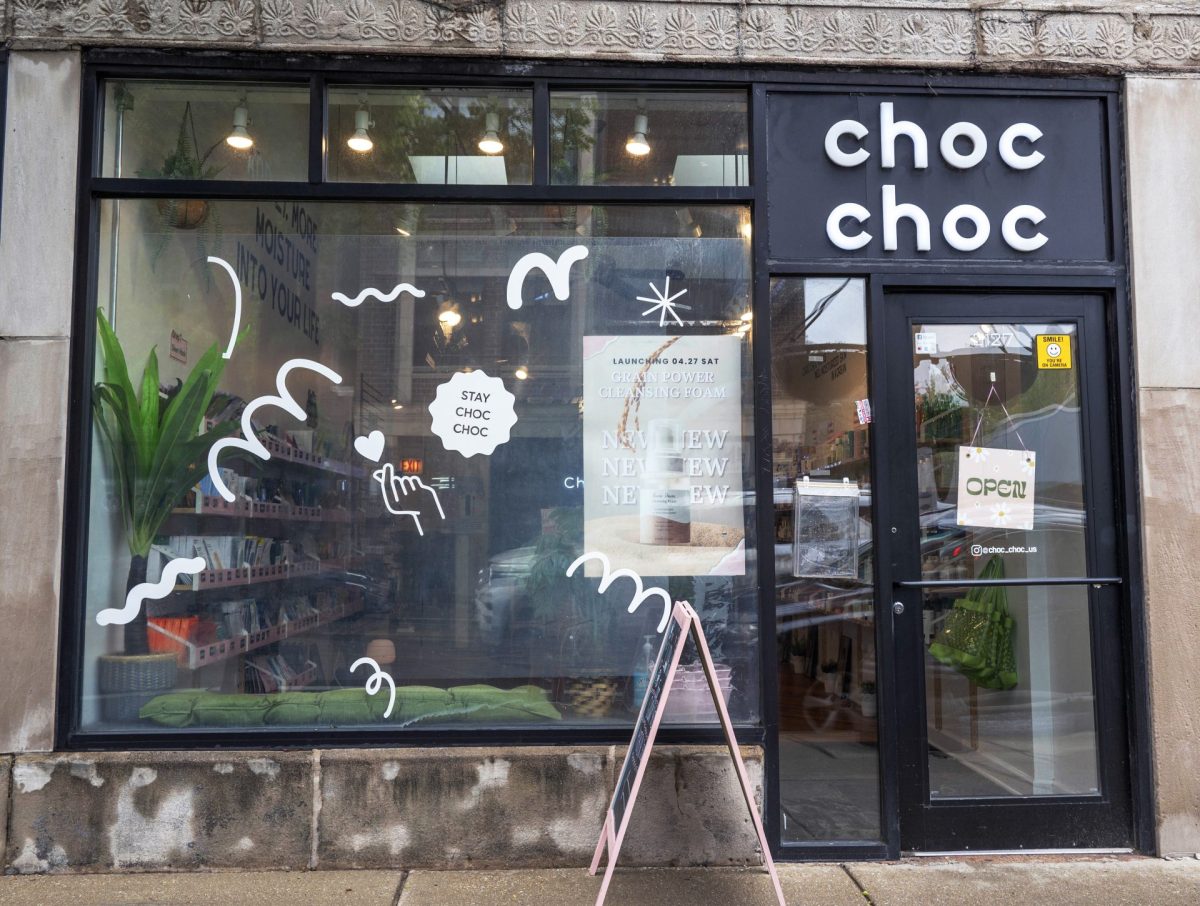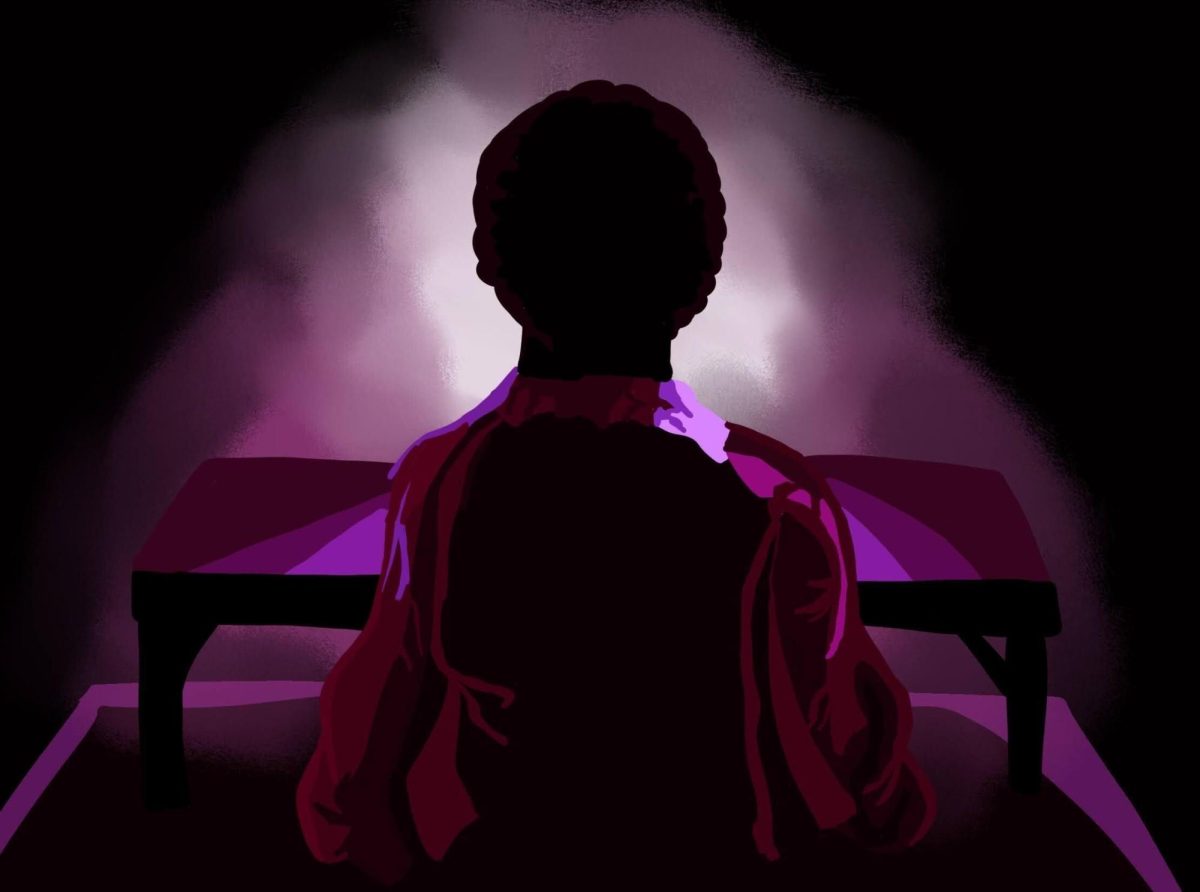,Jaxanna Fink, a DePaul senior majoring in art, sits down with steel and latex to assemble her newest piece for Studio Freelove’s upcoming exhibition: a balloon trapped in a cage.
This piece titled “Cusp” demonstrates Fink’s ability to take her ideas and bring them to life by utilizing different mediums — a trait she drew from former art teachers, her primary source of inspiration.
“A lot of my art is ‘What would it look like if this thing existed?’” Fink said. “I just kind of do everything. … It’s like everything in the kitchen sink.”
This creativity and exploration of artistic virtues become increasingly relevant in a world where the definition of art is undergoing profound transformations due to artificial intelligence (AI).
First, there was Vincent van Gogh’s “The Starry Night,” made from oil paint on canvas. Now, digitally generated art like the NFT “Bored Apes” is all the rage, which uses an algorithm to generate 10,000 unique cartoon apes.
“I think there’s been a shift in how we accept and categorize [art],” Fink said. “It’s always shifting a lot as technology has completely accelerated.”
For Fink, who specializes in sculptural art, AI poses little threat to her abilities, but it could be a concern to others who make their art for commissions. Services like DALL-E, an AI system that generates digital images from prompts, can prove to be a quicker way for people wanting to commission art to materialize their visions without having to pay an artist.
Some worry that artists will get less work because of AI and not have their work credited if used in an AI art piece.
Dale Cheney, a political science major who makes mixed-medium art on the side, blames instant gratification for society’s new obsession with AI.
“It’s unfortunate to see people would rather pay $5 for an app to create portraits of themselves in a matter of seconds rather than support and commission an artist,” Cheney said.
While services like DALL-E are still in its infancy, they continue to become more advanced every day. DALL-E’s website reports having more than 1.5 million users who generate over 2 million images daily.
AI is not only limited to creating art based on a simple prompt. Recent TikToks show users taking advantage of apps like Remini, an AI photo enhancer, to transform a selection of selfies into professional-grade headshots.
According to Vanessa Rocco, a former museum curator and current associate professor at Southern New Hampshire University, AI is something the art world must keep an eye on.
“I was pretty alarmed to learn last year about ChatGPT being able to generate original poems,” Rocco said. “I’ve always imagined poetry to be the most human of undertakings.”
Determining the lasting significance of AI art remains a complex task, as it raises questions about preserving human emotion and creativity in traditional art forms.
Some say AI lacks the artist’s ability to create something that analyzes the world we live in.
“If someone is looking for more meaningful art, and more of a traditional critique on our environment … it’s going to be really hard for AI to do that,” Fink said.
Despite AI’s threats to the art world and many other fields, artists and their supports remain hopeful that creativity will continue to thrive.
“It may not be our romantic idea of the starving artist painting in a Paris ghetto, but there is a demand for basically everything in our world to be ‘designed’ and ‘curated,’” Rocco said, who has a doctorate in art history from City University of New York. “I also believe that a premium will still be placed on individual artistic ‘stars’ who prove a unique POV and individual value.”


